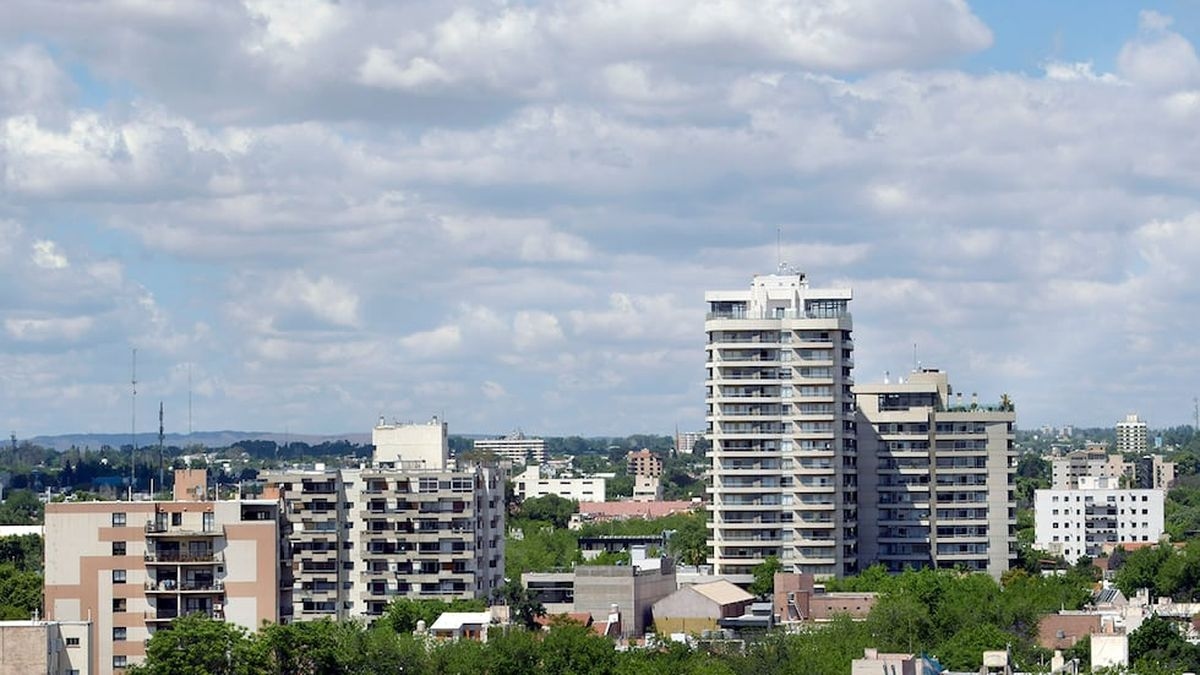Javier Aranda Luna: Buñuel's Mexican films

Buñuel's Mexican films
Javier Aranda Luna
▲ Still from Luis Buñuel's film Los olvidados, 1950.
L
the last movie Luis Buñuel's Mexican film was Simon of the Desert. He shot 20 of the 32 he made in Mexico. When he was about to receive American citizenship, Oscar Dancigers, a French producer of Russian origin, invited him to make a film in our country. He had not used a camera for 15 years and he accepted. It was a musical film, Gran Casino, in which Jorge Negrete and Libertad Lamarque participated, two big names in that emblematic year in which the Constitution was reformed to allow women to vote and the offices of the Presidency were moved to Los Pinos. Buñuel remembered that the singing charro was extremely popular
, and he was never separated from his riding teacher.
Some critics speak with a scornful bias of Buñuel's Mexican films, but among them is Los olvidados, which has become one of the few films classified as a memory of the world and cultural heritage of humanity; Él, one of his favorite films; Viridiana, which was a snub against fascism, filmed in Franco's Spain, where there is that wonderful scene in which a group of ragged people, sitting at a long table, evoke The Last Supper, and, as I pointed out above, Simón del desierto.
Although resources were scarce on the set, the salary was very modest
and for economic reasons the filming time was 18 to 24 days, he never did a scene that went against my convictions, against my personal morals
.
The filming was intense. He filmed three movies a year on two occasions. Before filming Los olvidados, he spent four months traveling through lost cities to look closely at the homeless children in that remote Mexico City of 1950 with just over 3 million inhabitants. He dressed up in old clothes to blend in with the rough neighborhoods and to exchange ideas. And although he had a good relationship with the technicians in this country, some scenes in the film infuriated them, without caring to know that some of the things he saw on his street tours went straight to celluloid. A critic reproached him for putting brass beds in wooden shacks. Buñuel had seen that. The rejection of a mother by her son caused a hairdresser to resign, because, in his opinion, no Mexican mother would do that… Today, the vicarious violence of some women is a documented reality, although it is hard to accept.
The filming of Los olvidados lasted twenty-one days, and its showing in theaters lasted four. Produced by Ultramar Films, with a script by Buñuel and Luis Alcoriza, and dialogue support by Max Aub, the film provoked violent reactions. Even Jaime Torres Bodet, from the group Contemporáneos, claimed that Los olvidados dishonored our country. José de la Colina, on the other hand, considered the film to be a brilliant pamphlet
, a work with a subversive message, a cry that stirred consciences
; for him, it was a great and furious work
.
Many years later, and after having seen the reaction caused by Los hijos de Sánchez, a book that also touched on the subject of poverty and which led to the dismissal of Arnaldo Orfila Reynal from the direction of the Fondo de Cultura Económica, Buñuel commented that one of the great problems of Mexico is a nationalism taken to the extreme, which reveals a deep inferiority complex
.
Buñuel's last Mexican film , Simón del desierto , premiered at the Venice Film Festival in 1965, but was shown in our country five years later. The story is well known: that of a 4th century hermit who spent 40 years on a column in the Syrian desert. Buñuel says that Federico García Lorca told it to him when they met at the legendary Residencia de Estudiantes in Spain. Lorca, Buñuel writes in Mi último suspiro, laughed out loud when he read that the hermit's excrement along the column resembled candle wax
. It was not the film that Buñuel imagined because of Alatriste's lack of liquidity. He had to cut half the film: goodbye to the scene in the snow, the mass pilgrimages and the visit to Byzantium. Despite everything, that film left tattoos of some of the most iconic images of the filmmaker: that of Silvia Pinal with a beard, dressed as a schoolgirl with her breasts exposed or licking the hermit Claudio Brook to make him fall and comply with the law of instinct.
Salvador Elizondo said in a passionate text published in the magazine Nuevo Cine, in November 1961, that Buñuel was a visionary: one who, starting from reality, sees further than others, and perhaps he is right. On February 22nd, the 125th anniversary of the birth of the filmmaker was celebrated, whose films will continue to feed our imagination. As dreams do not cease, eroticism persists and the forgotten do not cease to exist, we will have Buñuel for a while.
jornada






